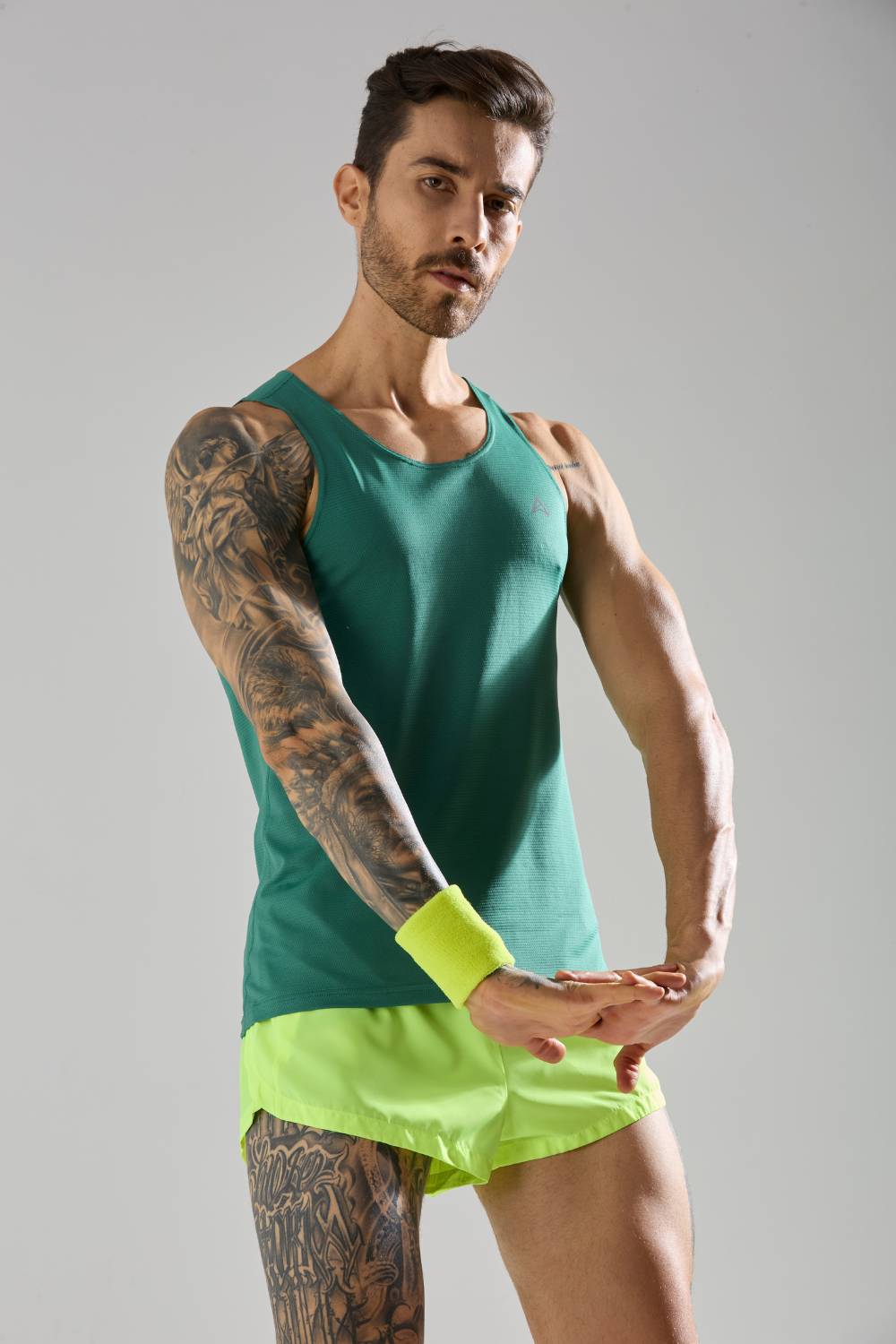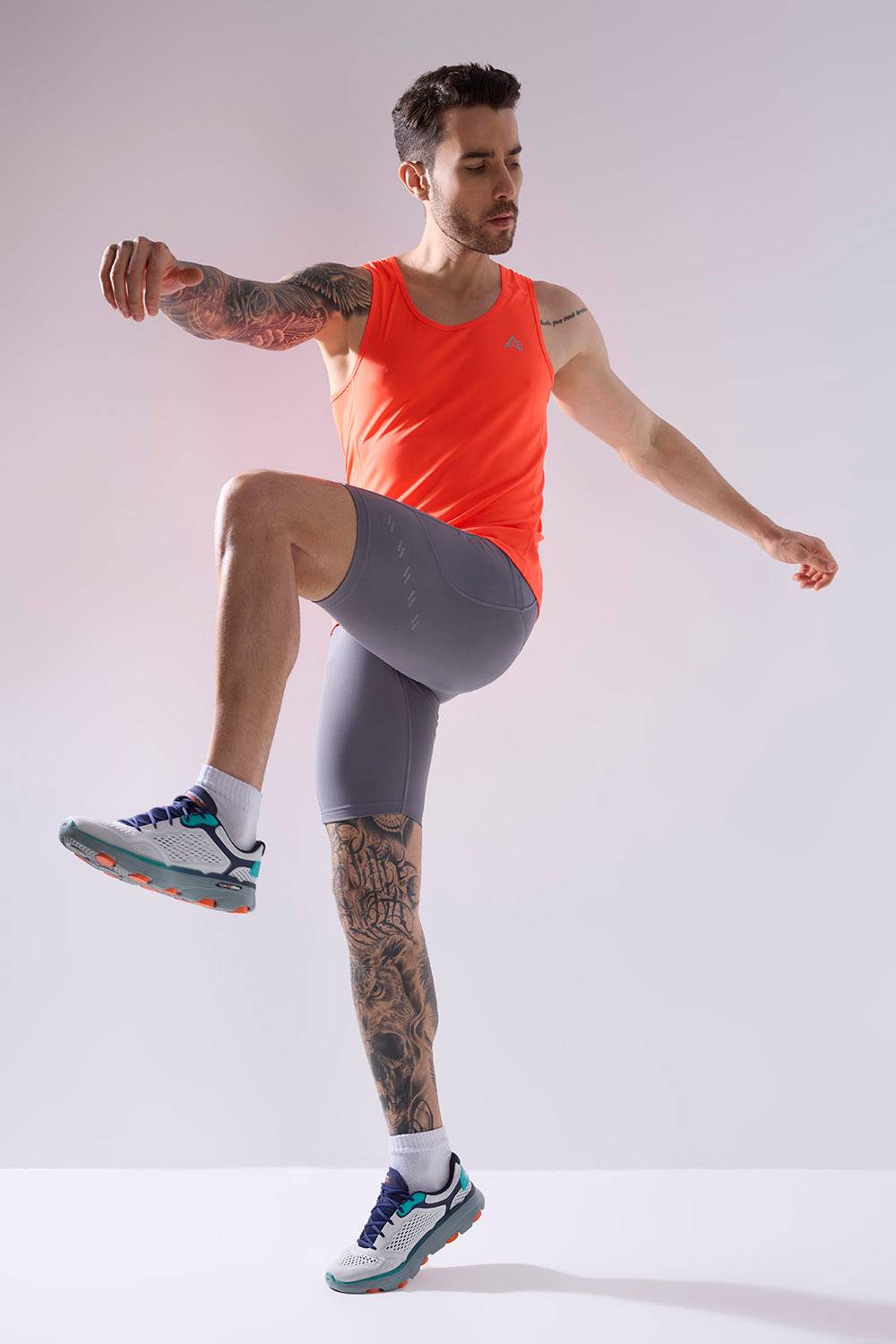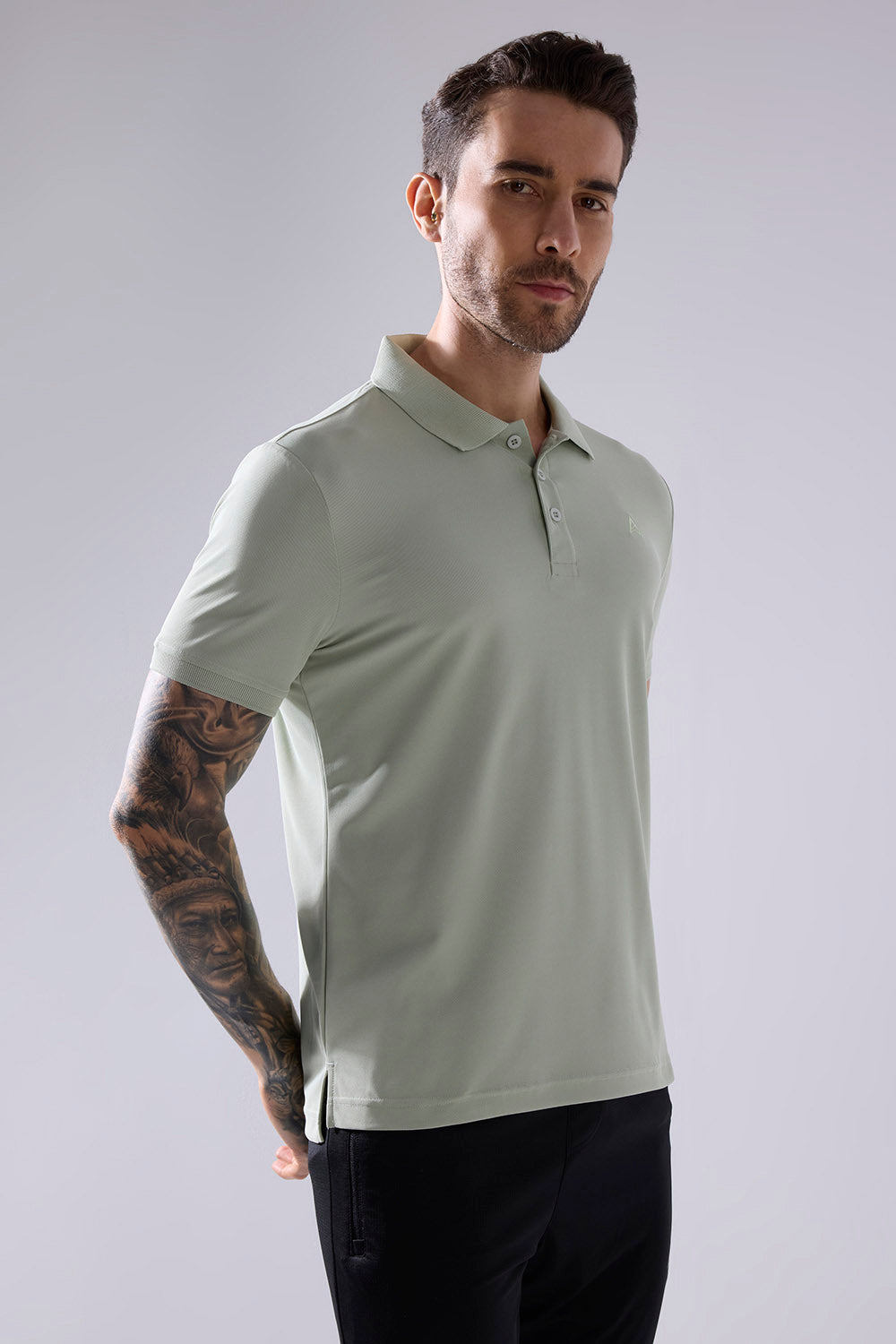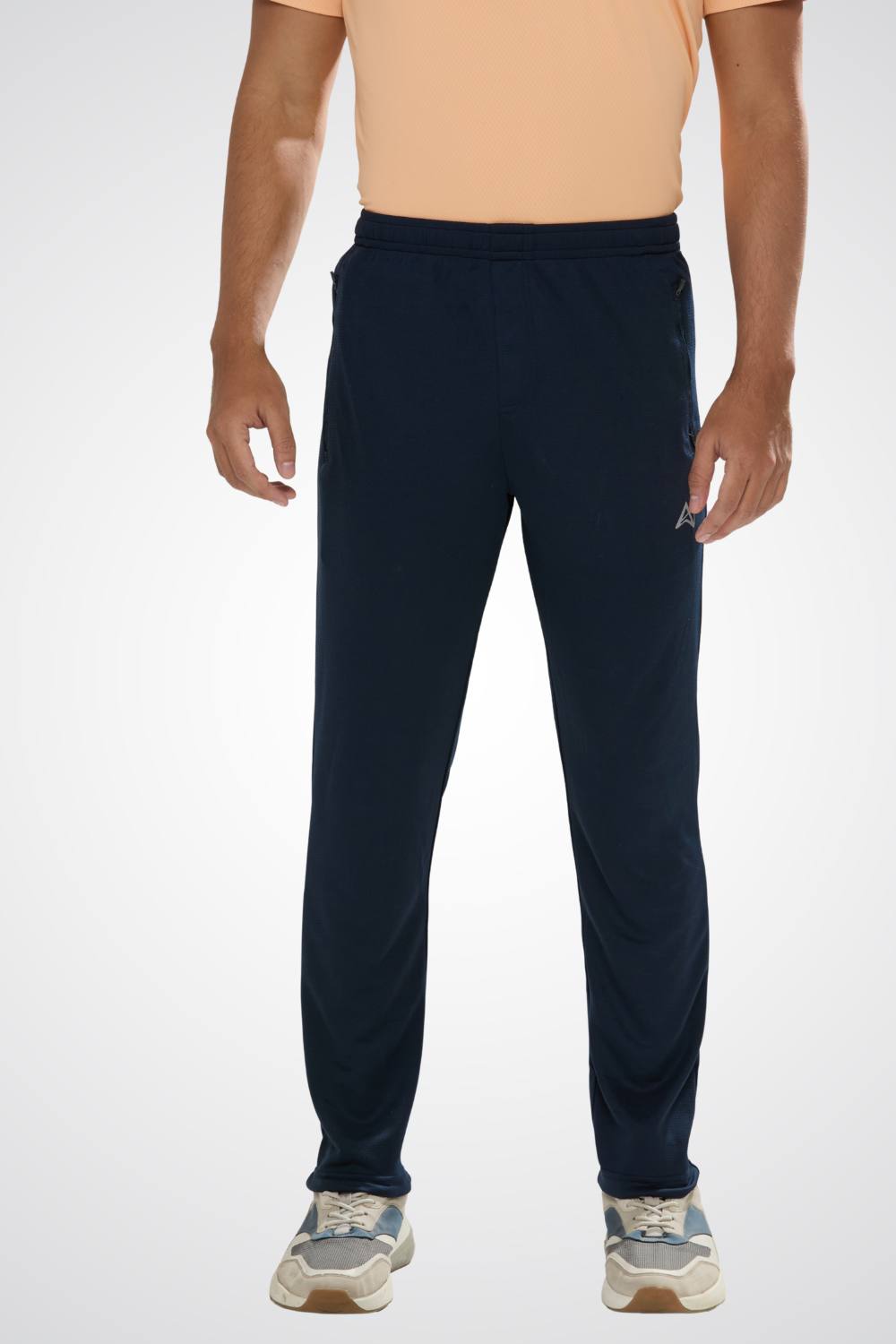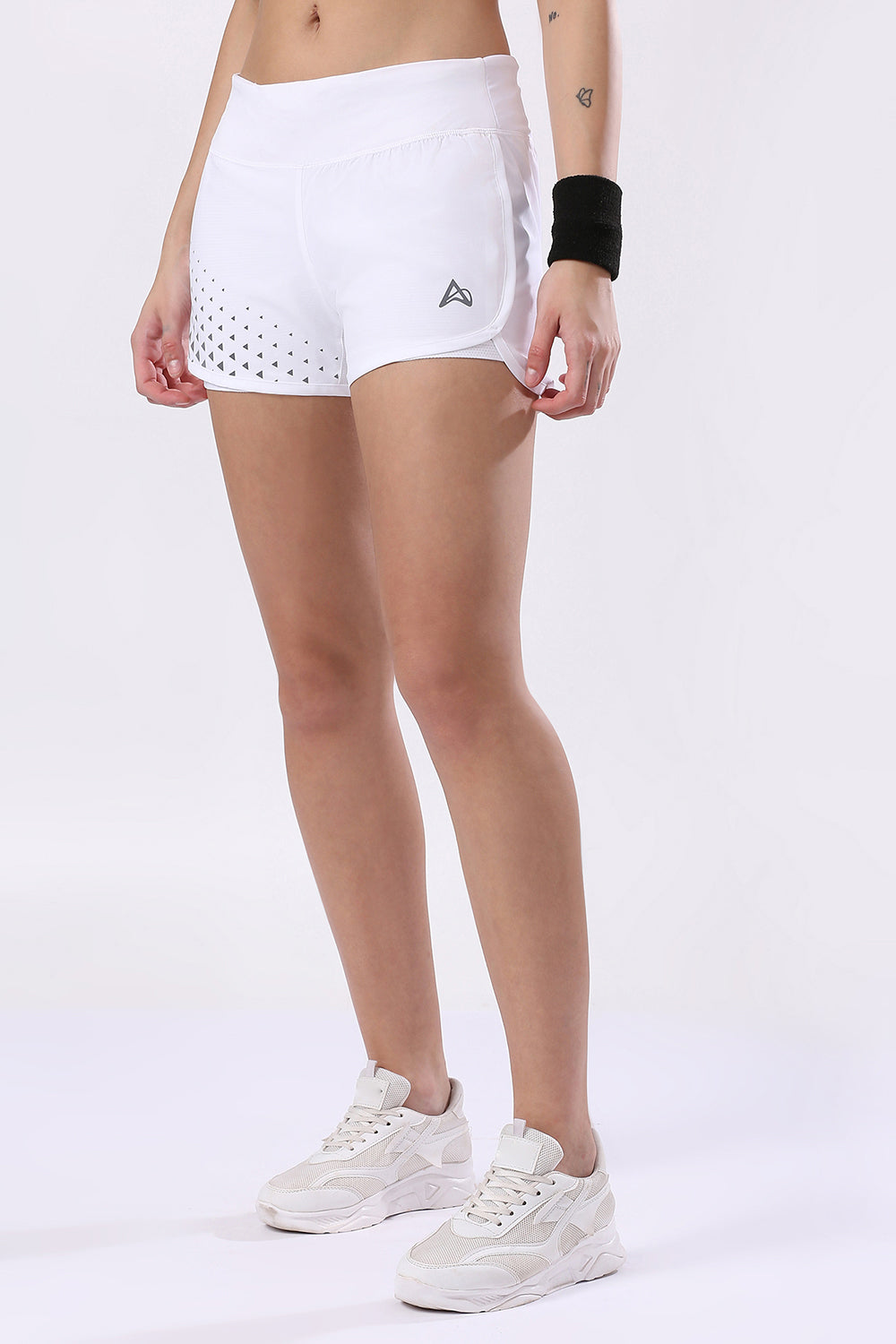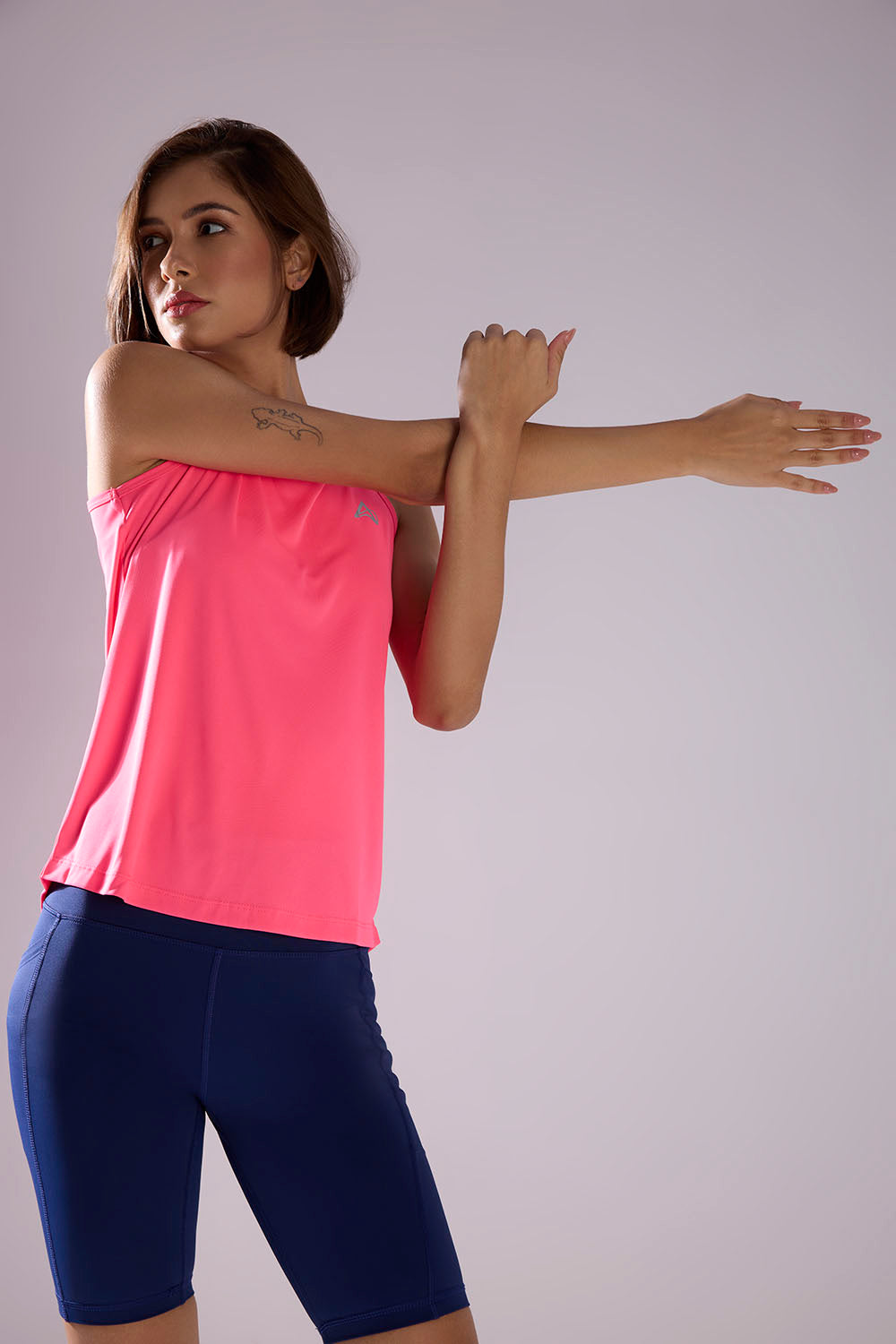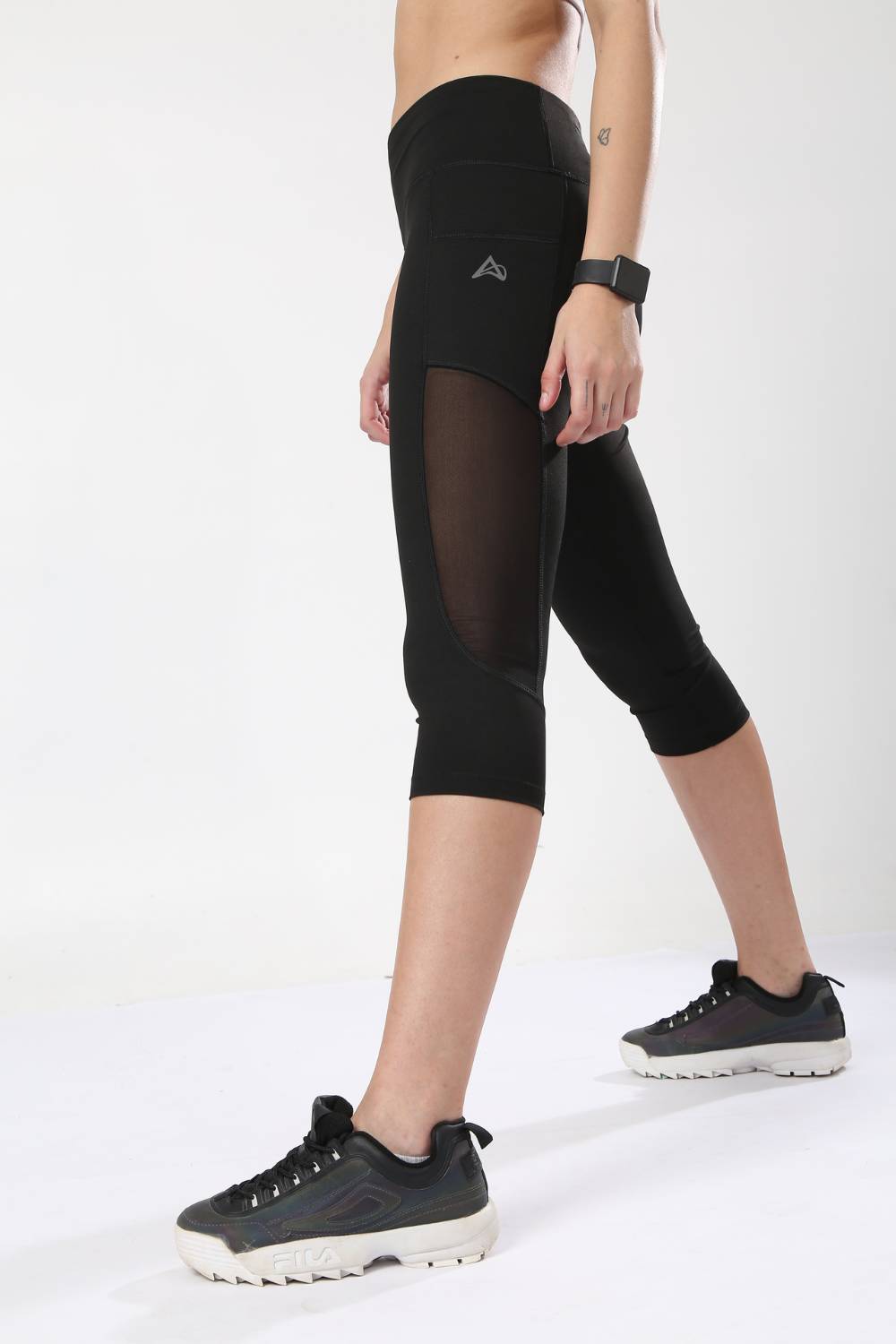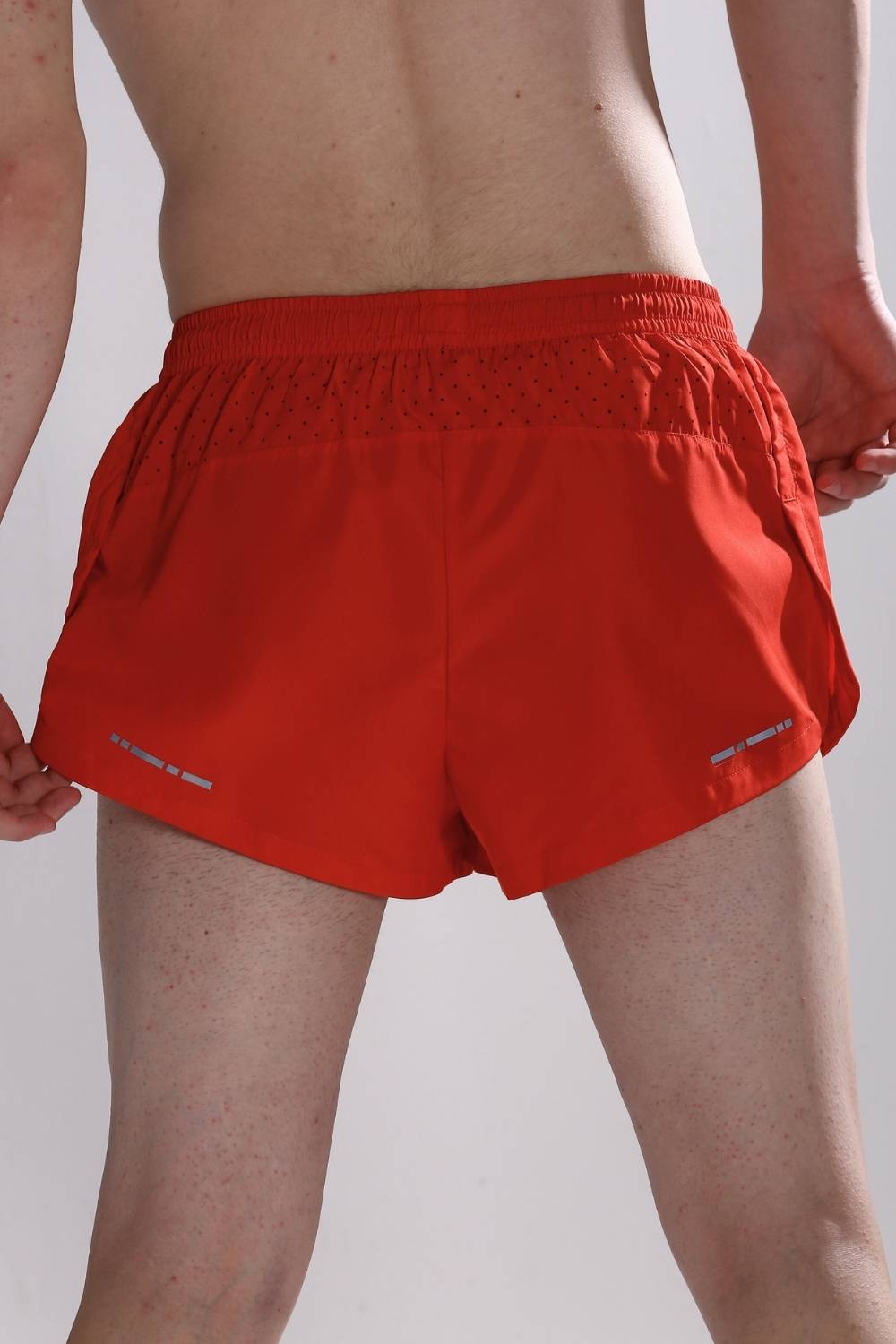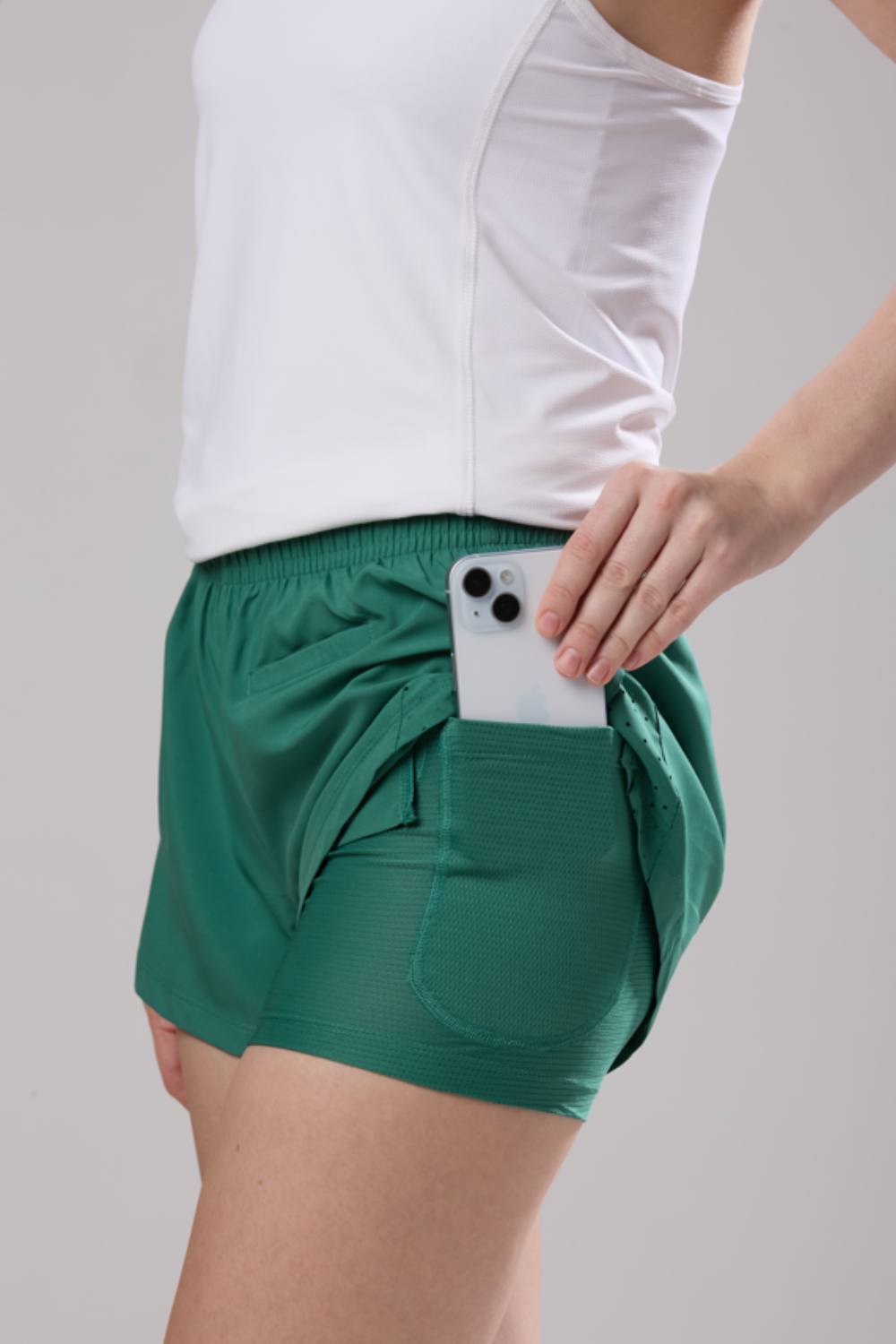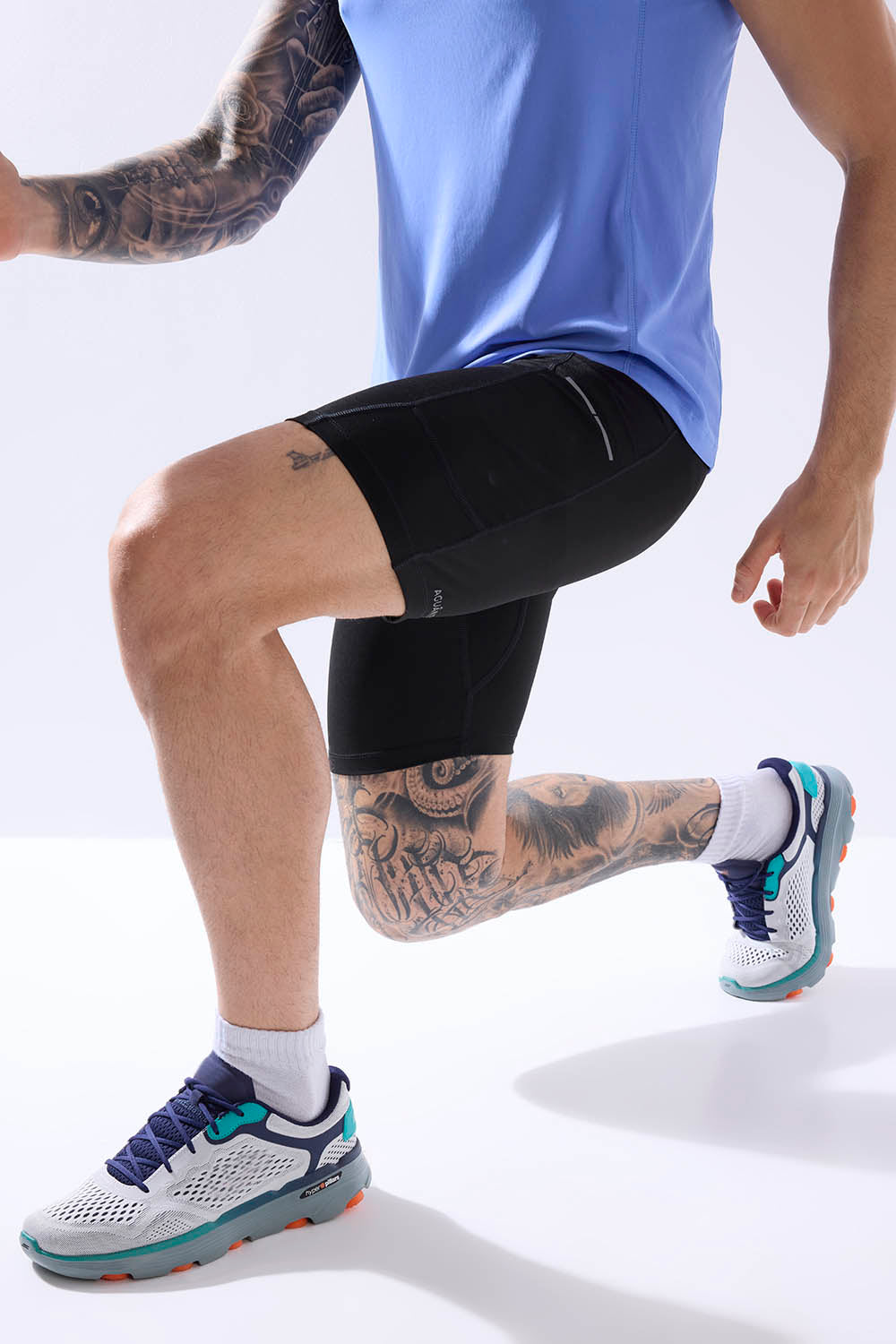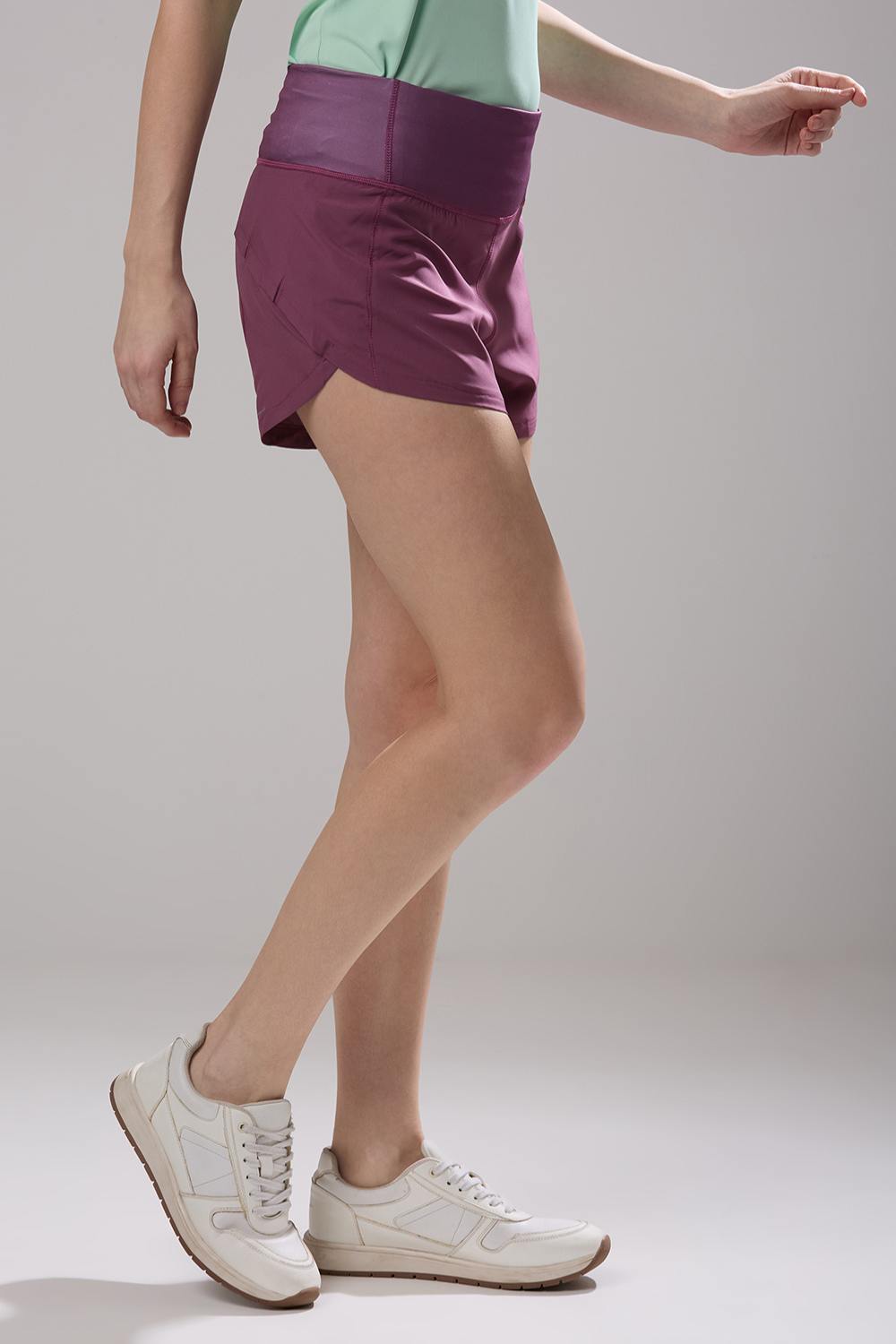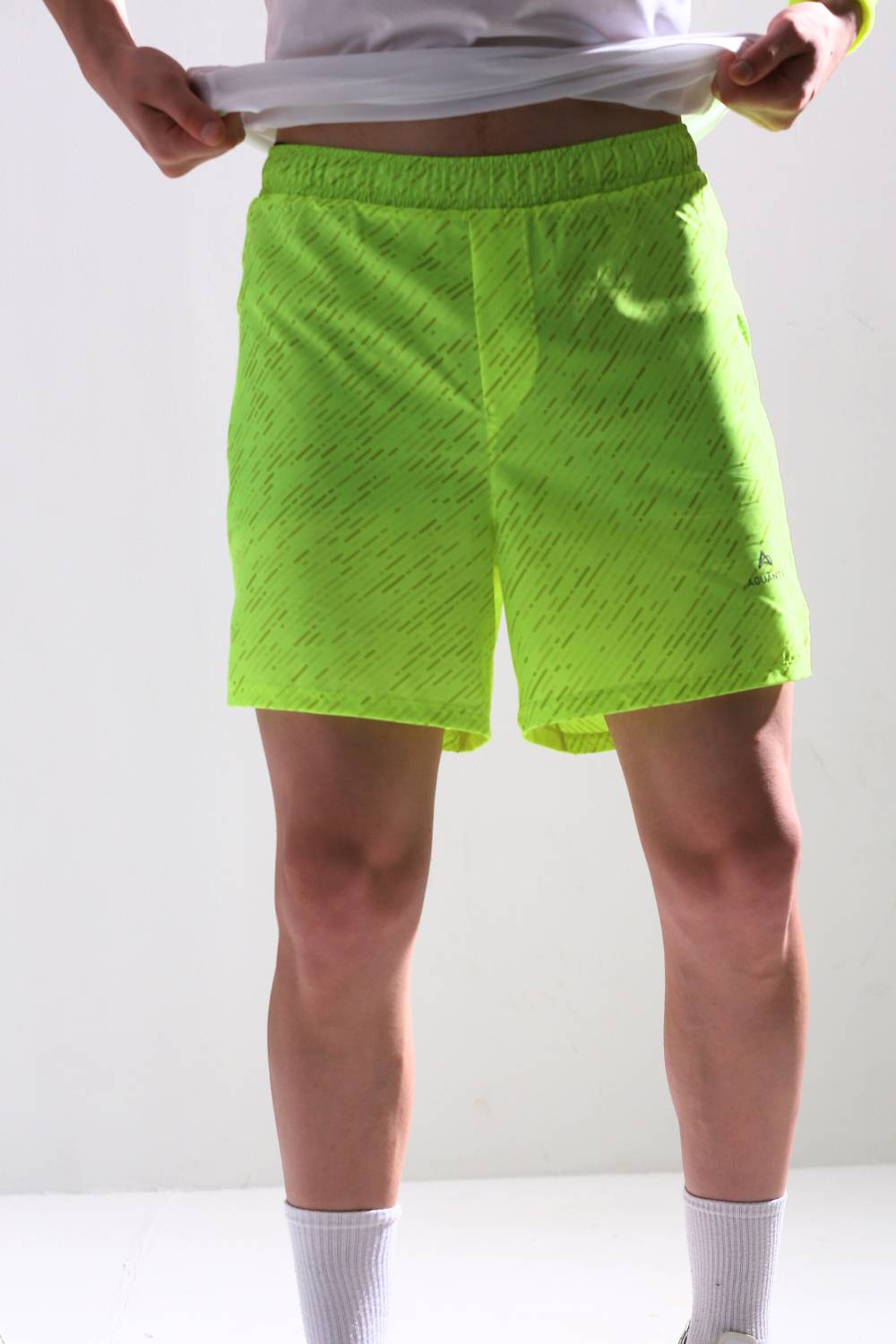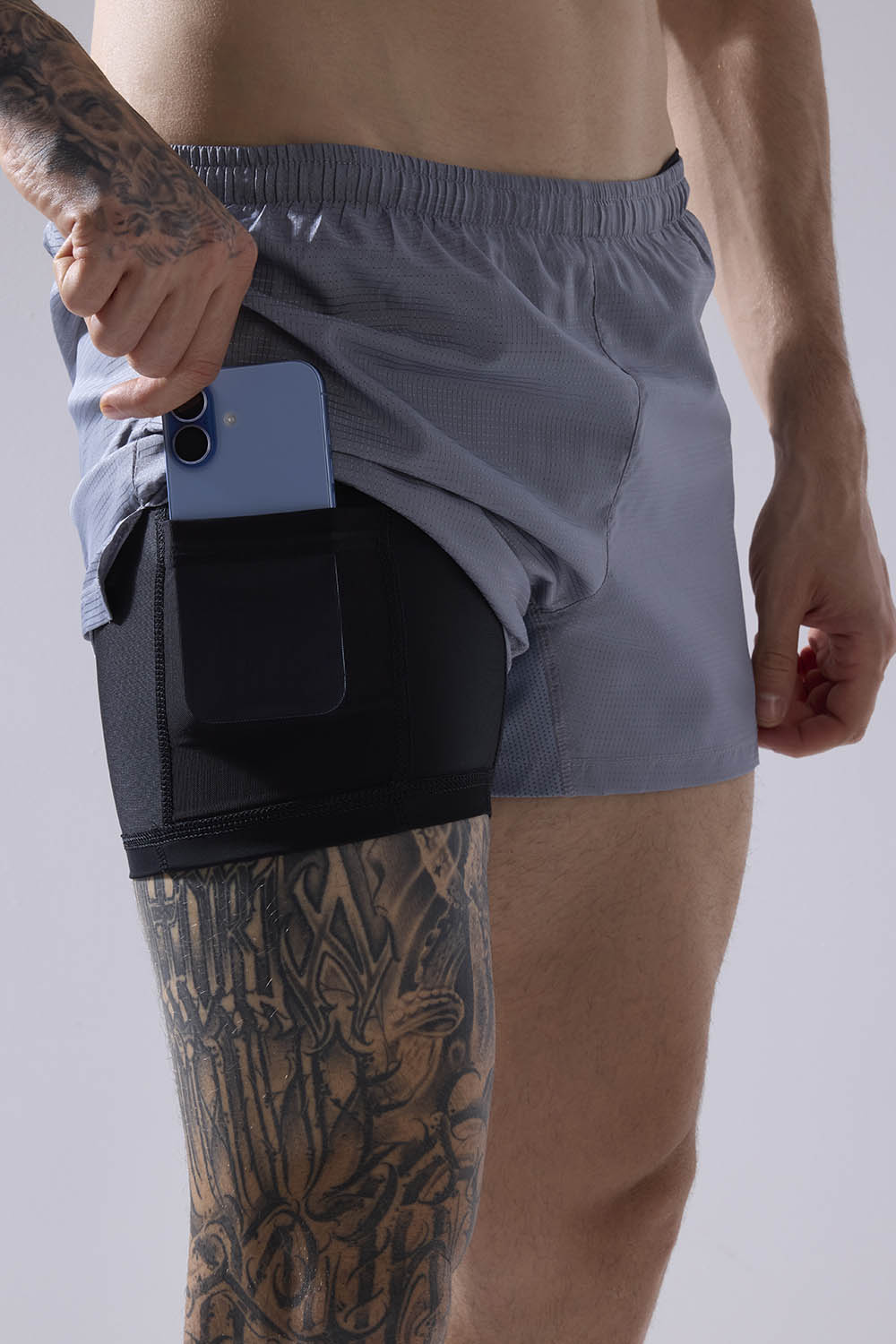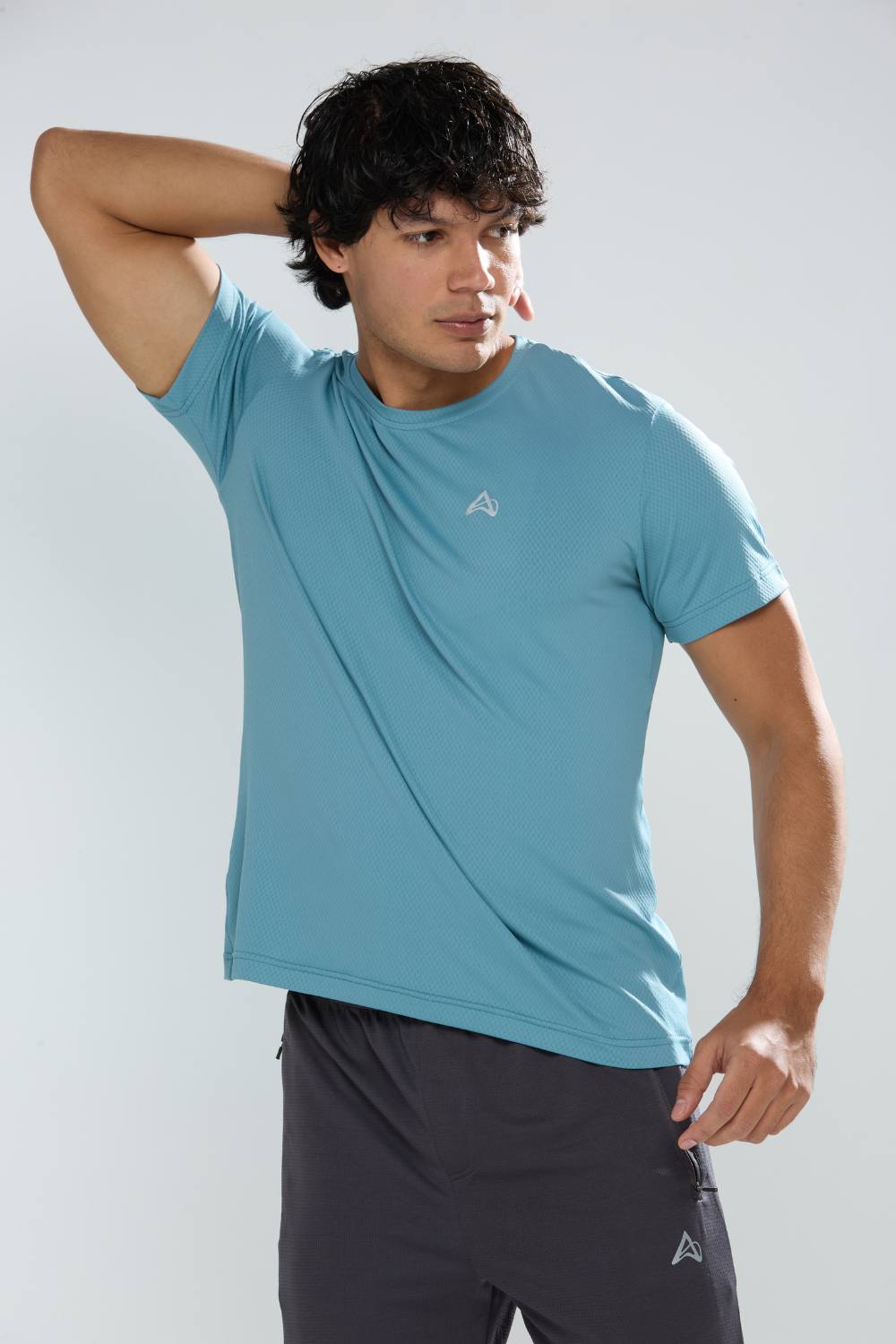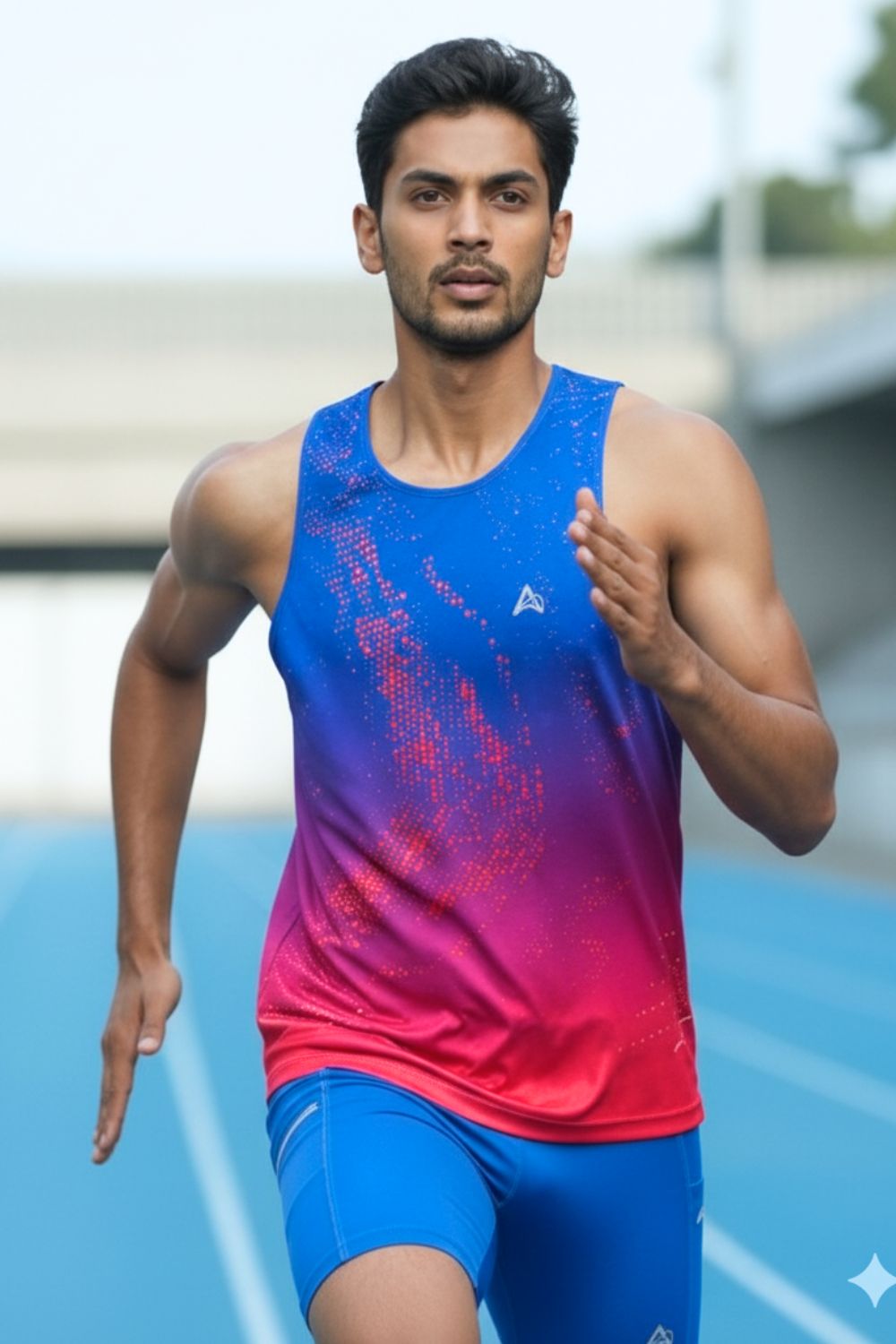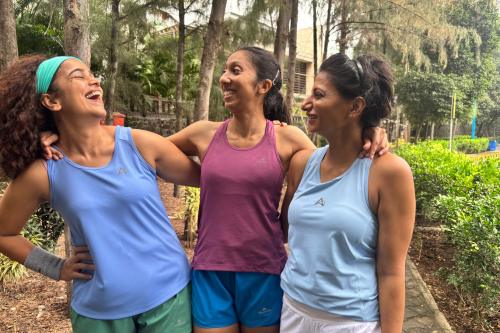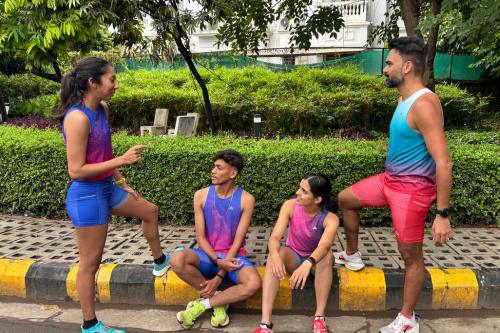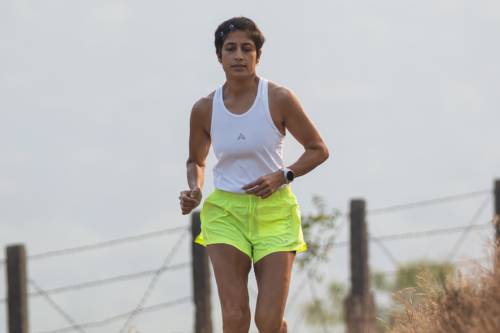Quick Listen:
In the heart of India's smaller cities, where morning jogs along quiet streets and evening cricket matches in dusty fields have long defined daily life, a new cultural shift is emerging. Fitness is no longer the exclusive domain of urban elites in Mumbai or Delhi. Instead, it's taking root in tier 2 and tier 3 cities like Surat, Nagpur, and Bhopal, where residents are embracing activewear not just for workouts but as a bold fashion statement. This transformation is driving a seismic shift in the Indian activewear market, with brands like Aguante at the forefront, delivering high-performance apparel to these burgeoning markets.
Tired of gear that slows you down? Chafing, soggy fabrics, and missing pockets kill your run's momentum. At Aguante, we're runners who get it. Our high-performance activewear features moisture-wicking fabrics, ergonomic designs, and smart storage to keep you focused. Shop Now!
A Fitness Revolution in Smaller Cities
The Indian activewear market is experiencing explosive growth. According to a report by IMARC Group, the market reached USD 10.20 million in 2024 and is forecasted to climb to USD 16.60 million by 2033, with a compound annual growth rate (CAGR) of 5.10%. Meanwhile, TechSci Research reports that the sports apparel segment alone was valued at USD 705.85 million in 2024, with projections to reach USD 1,592.58 million by 2030, driven by a robust CAGR of 14.52%. What's fueling this boom? A powerful combination of heightened health awareness, growing participation in fitness activities, and the rise of athleisure trends a hybrid style blending athletic functionality with casual wear.
In smaller cities, the fitness surge is impossible to miss. New gyms are sprouting up alongside traditional marketplaces, and marathon events are drawing enthusiastic crowds in places like Indore and Coimbatore. Young people, in particular, are driving demand, swapping traditional attire for sleek sneakers and moisture-wicking tops for morning runs or yoga sessions. Athleisure, characterized by versatile pieces like leggings, hoodies, and sports jackets, has captured the imagination of consumers who value clothing that transitions seamlessly from gym to caf. For brands like Aguante, which specializes in performance gear for runners, this shift represents a golden opportunity to meet the needs of a new, style-conscious audience.
Evolving Consumer Preferences
The days of settling for basic cotton tees and shorts for workouts are fading fast. In smaller cities, consumers are gravitating toward specialized activewear fabrics that wick sweat, stretch with movement, and withstand intense training sessions. This shift mirrors a broader cultural embrace of fitness as a lifestyle, not just an activity. As more residents join local running clubs or sign up for gym memberships, they're investing in apparel that enhances performance while reflecting personal style.
The growth of online retail has been a game-changer, making activewear accessible to consumers in remote towns. As IMARC Group notes, the expansion of e-commerce platforms is a key driver of market growth, offering convenience, variety, and competitive pricing. Shoppers in tier 3 cities can now browse and purchase high-quality gear with a few clicks. Yet, physical stores remain vital. In smaller markets, retail outlets provide a tactile experience customers can feel the fabric, test the fit, and connect with the brand. Aguante could capitalize on this by blending online reach with strategic physical touchpoints, such as pop-up shops or partnerships with local fitness centers, to build trust and loyalty.
Success Stories in New Markets
Imagine Aguante opening a store in a city like Jaipur. The response is electric: runners, fitness buffs, and casual walkers flock to explore the brand's sleek leggings and breathable jackets. Social media lights up with posts of customers showcasing their new gear at the city's annual marathon. The store becomes a hub for fitness meetups, fostering a sense of community. This scenario is grounded in reality TechSci Research highlights how rising disposable incomes and government initiatives promoting sports are boosting demand for performance wear in smaller cities. These markets, with less competition than urban centers, offer fertile ground for brands to thrive.
International players like Decathlon have already seen success in India's smaller cities, though details from a Le Monde article are limited due to access restrictions. Domestic brands are quick to follow, leveraging trends like urbanization and fitness enthusiasm to build their presence. For Aguante, the strategy is straightforward: target these cities with marketing that emphasizes quality, affordability, and local relevance to cultivate lasting brand loyalty.
Navigating Challenges
Expanding into smaller cities comes with its share of obstacles. Building brand recognition in areas where fitness culture is still developing can be daunting. Many consumers may not yet see the value of premium activewear over cheaper alternatives. Price sensitivity is another hurdle while urban shoppers might splurge on high-end gear, those in smaller cities often prioritize affordability. Aguante may need to introduce budget-friendly product lines or flexible pricing to appeal to these cost-conscious buyers.
Logistics also present a challenge. Delivering products to less developed regions can strain supply chains, with issues like unreliable transportation or limited retail infrastructure. Establishing stores or maintaining consistent stock in tier 3 cities demands meticulous planning. However, these challenges are not insurmountable. Brands that invest in understanding local preferences and strengthening distribution networks can turn potential roadblocks into stepping stones.
Capitalizing on Untapped Potential
The opportunities in smaller cities are vast. With fewer high-quality activewear options available, brands like Aguante can fill a critical gap. Partnerships with local gyms, running clubs, or influencers can amplify visibility. Picture Aguante sponsoring a 5K run in Kanpur, distributing branded gear and discount codes to participants. Such initiatives not only drive sales but also embed the brand within the community. IMARC Group emphasizes the role of celebrity and influencer endorsements in shaping consumer preferences a single Instagram post from a popular fitness influencer could spark demand across multiple cities.
Smaller cities also offer a competitive edge. With less saturation than urban markets, brands can establish a foothold before larger players dominate. This strategy promises long-term growth, as fitness culture continues to spread and disposable incomes rise. Aguante's focus on performance-driven apparel positions it to capture this emerging market, delivering gear that resonates with the aspirations of a new generation of fitness enthusiasts.
A Bright Future for Activewear
Industry experts are bullish on the future. The fitness wave in India's smaller cities is just getting started, says a market analyst cited by TechSci Research. As active lifestyles take hold, the appetite for quality apparel will only grow. For brands, the path forward is clear: seize the moment. By expanding into tier 2 and tier 3 cities, companies like Aguante can ride the crest of India's fitness revolution, delivering stylish, high-performance gear to runners, yogis, and everyday athletes.
The journey requires strategy balancing online and offline presence, navigating logistical hurdles, and tailoring offerings to local tastes. For Aguante, the opportunity is immense: to become a household name not just in metropolitan hubs but in the heart of India's smaller cities, where fitness is becoming a way of life. The finish line is in sight a market ready to embrace activewear with the same passion it has long reserved for cricket.
Frequently Asked Questions
How does activewear differ for consumers in smaller Indian cities?
Activewear designed for these markets often balances affordability with functionality. Products like breathable running gear, moisture-wicking T-shirts, and durable bottoms are popular, meeting the needs of both beginners and seasoned runners in smaller cities.
Why are Indian activewear brands expanding to tier-2 and tier-3 cities?
Indian activewear brands are expanding into smaller cities due to a growing demand for fitness apparel beyond metro areas. Increased health awareness, rising disposable incomes, and digital accessibility have made these markets viable for affordable, performance-driven activewear.
What strategies are brands using to reach customers in smaller Indian cities?
Brands are leveraging direct-to-consumer (D2C) models, e-commerce platforms, and social media to connect with fitness enthusiasts in tier-2 and tier-3 cities. They also prioritize cost-effective, high-performance gear tailored to local climate and lifestyle needs.
Disclaimer: The above helpful resources content contains personal opinions and experiences. The information provided is for general knowledge and does not constitute professional advice.
You may also be interested in: Moisture-Wicking T-Shirts Tackle India's Summer Heat
Tired of gear that slows you down? Chafing, soggy fabrics, and missing pockets kill your run's momentum. At Aguante, we're runners who get it. Our high-performance activewear features moisture-wicking fabrics, ergonomic designs, and smart storage to keep you focused. Shop Now!
Powered by flareAI.co


